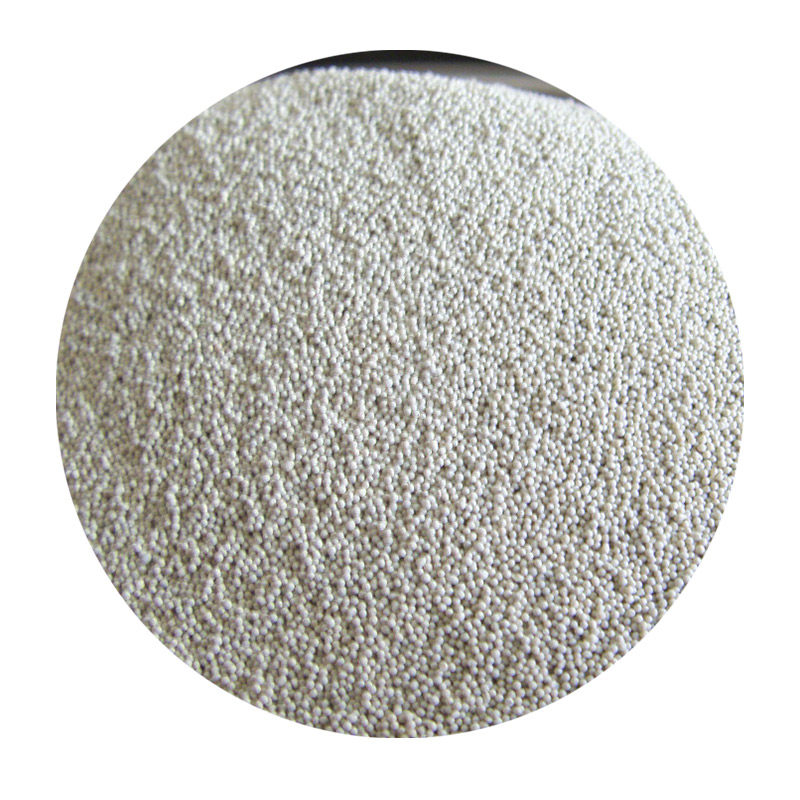Exploring Wet Sand 3D Printing Innovations and Applications
In recent years, the advent of 3D printing technology has revolutionized various industries, from manufacturing to healthcare. Among the innovative methods gaining traction is wet sand 3D printing, a technique that utilizes an unconventional material – wet sand – to create intricate and functional designs. This article delves into the mechanics, advantages, challenges, and potential applications of wet sand 3D printing.
The Mechanics Behind Wet Sand 3D Printing
Wet sand 3D printing operates on a similar principle to traditional 3D printing, where additive manufacturing processes are employed to create structures layer by layer. However, it diverges significantly in its material choice and application method. Instead of plastic filaments or resin, this technique incorporates wet sand mixed with a binding agent, which can range from chemical substances to organic materials.
The process typically involves a 3D printer equipped with a special nozzle that deposits the wet sand mixture onto a build platform according to a computer-generated design. The printer selectively binds the sand grains together, forming a solid structure as the layers build up. This method allows for enhanced precision in creating complex geometries that would be challenging to achieve using conventional materials.
Advantages of Wet Sand 3D Printing
One of the most significant advantages of wet sand 3D printing is its sustainability. Sand is an abundant and inexpensive resource, making it an environmentally friendly alternative to synthetic materials often used in 3D printing. Additionally, the process generates minimal waste, as excess sand can typically be recycled for future prints.
Moreover, wet sand can be used to create robust structures. When the binding agent solidifies, it forms a strong, durable material capable of withstanding various environmental conditions. This makes it particularly beneficial for applications that require resilience and longevity.
Wet sand printing also offers extensive possibilities for customization. Different types of sand and binding agents can be combined to achieve specific properties, such as varying colors, textures, or strength. This flexibility opens new avenues for artistic and architectural expression.
wet sand 3d print

Challenges Faced in Wet Sand 3D Printing
Despite its advantages, wet sand 3D printing is not without its challenges. One primary concern is controlling the moisture content of the sand mixture. If the sand is too wet or too dry, it can lead to suboptimal binding and affect the overall quality of the printed product. Therefore, precise calibration and monitoring are essential throughout the printing process.
Another significant challenge is the application of the binding agent. Achieving the right balance of adhesion is crucial; too much binding agent can make the printed structure brittle, while too little can compromise its integrity. Research and development are ongoing to optimize these formulations for better performance.
Applications of Wet Sand 3D Printing
Wet sand 3D printing has diverse applications across several fields. In architecture and construction, for instance, it can be used to create molds for casting concrete or to produce temporary structures for events and exhibitions. Its ability to produce intricate designs makes it an attractive option for prototyping and preliminary construction phases.
In the field of art, wet sand 3D printing allows artists to experiment with large-scale sculptures that integrate natural elements. The aesthetic qualities of sand can be harnessed to create visually striking pieces that connect with the environment.
Furthermore, environmental applications are on the rise. Wet sand printing can be utilized for creating sandbags for flood prevention or even for the construction of coastal protection barriers. This method encourages the use of locally sourced materials, contributing to sustainable development practices.
Conclusion
Wet sand 3D printing stands at the intersection of innovation and sustainability, offering a novel approach to additive manufacturing. Its ability to utilize eco-friendly materials while providing customization and durability makes it a promising technology for a variety of applications. As research progresses and challenges are addressed, we can anticipate a broader adoption of wet sand 3D printing in diverse fields, paving the way for a more sustainable future in manufacturing and design.
Post time:ডিসে. . 15, 2024 16:47
Next:Innovative Lightweight Aggregate Solutions for Sustainable Construction and Environmental Benefits
